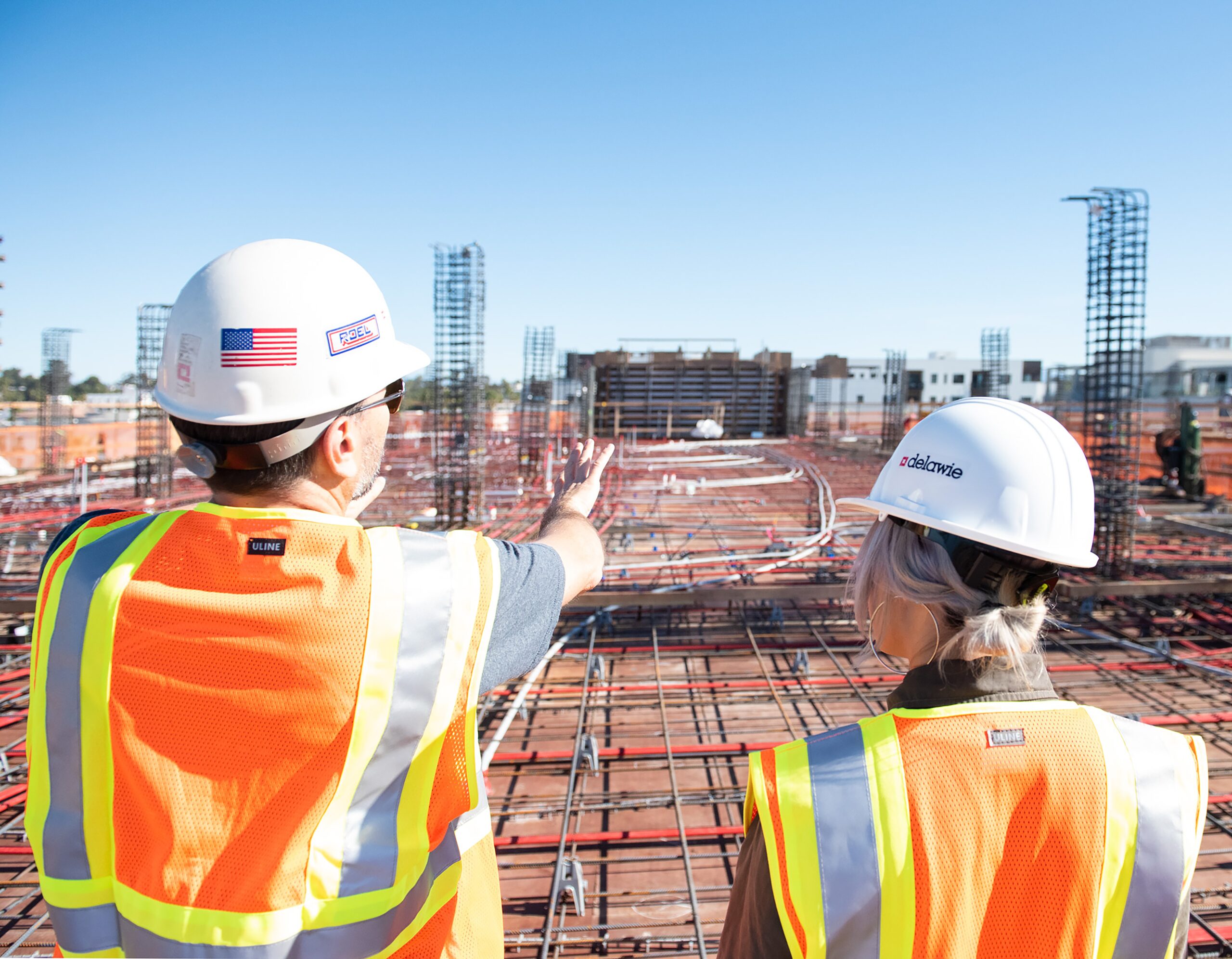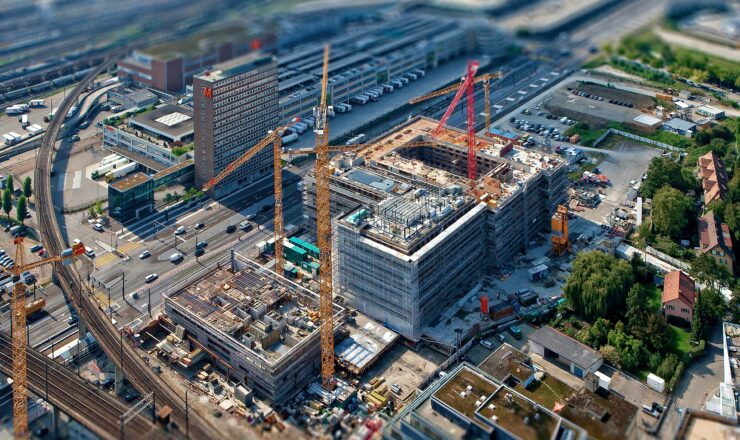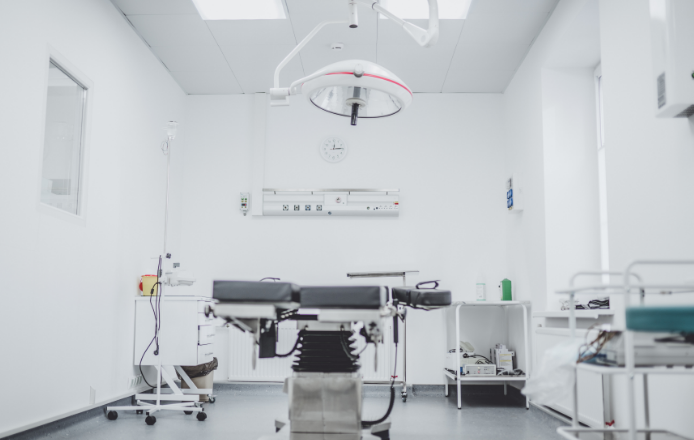
Wide-Area Medical Zone Survey and Analysis Work in Miyakonojo City, Miyazaki Prefecture
~Survey for Formulating the Basic Concept and Basic Plan for the Miyakonojo Regional Health and Medical Zone Development~
In Miyakonojo City, a regional health and medical concept was formulated for the wide-area medical zone. Through surveys of local medical institutions, residents, and healthcare workers, analyses were conducted on the distribution of medical resources, residents’ healthcare-seeking behavior, and the roles of medical institutions.
The survey of local medical institutions collected and analyzed information on location, medical specialties, scale, characteristics, referral and reverse referral situations, the extent of information system implementation, key medical services, required regional medical systems, regional cooperation enhancement measures, and emergency medical system enhancement measures.
For example, it was confirmed that “further improvement of medical levels (enhancement of specialized staff, etc.)” and “establishment of a cooperation system beyond medical zones” are required to “enhance regional cooperation functions.”
The survey of local residents collected and analyzed data on themes such as region, age, household composition, presence and overview of primary care physicians, evaluation of regional medical care, evaluation of emergency medical care, and evaluation of health checkups.
For example, it was confirmed that 65% of respondents have a primary care physician, with the most common reason for selection being “close to home or workplace.”
Additionally, regarding “expectations for enhanced medical services in residential areas,” the most common response was “response to accidents and sudden illnesses,” with the highest demand for cancer treatment among diseases.
Surveys of staff (healthcare workers) were also conducted to confirm aspects such as workplace environment and the state and evaluation of regional cooperation.
In addition to these surveys, other survey results such as external environment surveys and internal environment surveys were also referenced. Through discussions in the expert committee, the following basic policies were established.
① Integrate and relocate the Miyakonojo City and County Medical Association Hospital, Miyakonojo Emergency Medical Center, and Miyakonojo Health Service Center to establish a wide-area advanced emergency medical hub through a trinity approach.
② To strengthen the functions of advanced emergency medical care and regional medical support, enhance the testing system, strengthen the surgery and intensive care departments, expand medical specialties, and develop the acute phase rehabilitation department, aiming to increase the number of beds to 200 (currently 172).
Key Success Points
Sharing the Purpose and Output Image of the Survey
Based on past survey achievements, ITEC can appropriately introduce examples and proposals for outputs and question content tailored to the purpose, making it easy for municipalities to consider. This allows ITEC to work with clients to build effective surveys.
Quick Response to Survey Distribution and Aggregation Tasks
ITEC has a track record of managing numerous surveys. Utilizing this know-how, ITEC can quickly respond to client needs from selecting survey distribution destinations to distribution tasks and aggregation tasks after collection.
Contact Us
Service

Advisory Services
READ MORE
Hospital Project PM/CM
READ MORE
ODA projects
READ MORE
Entering Healthcare Business (Overseas)
READ MORE
Hospital Reconstruction/New Construction
READ MORE
Procurement, Renewal, and Management of Medical Equipment
READ MORE
the Implementation of Medical Information Systems (ICT)
READ MORE
Revenue Improvement
READ MORE
Accreditation of Hospital Functionality
READ MORE
Mid-term planning
READ MORE
Surveys and Analyses
READ MORE
